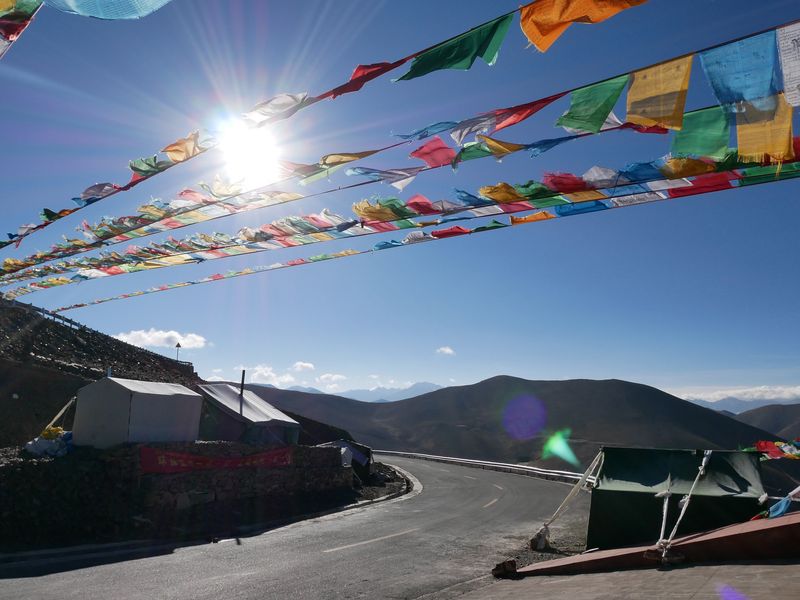Tsetang
The Yarlung Tsangpo, also known as Tibet’s Mother River, runs from the Gyima Yangzong Glacier across the Tibetan Plateau, passing through the deepest canyon in the world, and eventually finishing 1,700 miles later in the Bay of Bengal. On its fertile south bank lies the city of Tsetang: capital of Shannan (Lhoka) prefecture, and the cradle of Tibetan civilization. Around a third of Tibet’s population still dwell in the lands around the Yarlung Tsangpo, and can trace their ancestry back to communities that thrived along the river’s middle section where this atmospheric city now sits.
Three things to do in Tsetang
Obviously there's a lot more, this is just to get you started...
Where it all began...
Tsetang is a city of royal, religious and rural firsts. The Yumbu Lhakhang Palace is said to have been the first such building in Tibet, erected in honour of the king in the 2nd century, and still standing today. In terms of religion, the 8th century Samye Monastery is thought to be the country’s first Buddhist gompa, built to the traditional mandala design and rising elegantly from the surrounding landscape. And - final first, we promise - according to local legend, the first field ever to be farmed in Tibet can be found near Tsetang in the Yarlung Valley!
Rural idyll
Famed for the quality of the apples and pears that originate here, the valley terrain is ruggedly beautiful with a pleasantly mild climate. Sand dunes bank up against the meandering river, and the wider landscape is dotted with pure springs, crystalline lakes and dramatic mountain peaks. There could hardly be a finer place for the story of Tibet to begin. A long hike above Samye brings you to the Chim-puk Hermitage. This network of caves was used as a meditation retreat by many notable Buddhist figures, including the Guru Rinpoche, and is now inhabited by nuns who embrace a simple life amid a landscape of breathtaking natural beauty.
